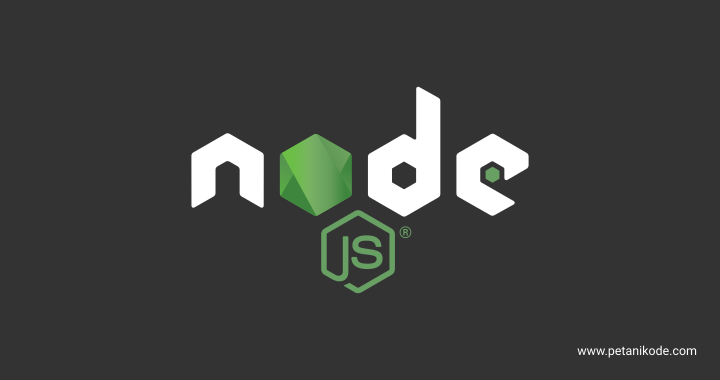
#Nodejs mysql manual
If you are using a Community release of MySQL Connector/Node.js 8.0, see the MySQL Connector/Node.js 8.0 Community License Information User Manual for licensing information, including licensing information relating to third-party software that may be included in this Community release.

If you are using a Commercial release of MySQL Connector/Node.js 8.0, see the MySQL Connector/Node.js 8.0 Commercial License Information User Manual for licensing information, including licensing information relating to third-party software that may be included in this Commercial release. This product may include third-party software, used under license. Note: raw SQL statements are also sent to the server using a specialized protobuf message, again, since there is no support for the classic MySQL protocol. The following is an example encompassing the different sort of CRUD operations using the document-store: const mysqlx = config = `) The API provides support for managing database sessions and schemas, working with document-store collections and using raw SQL statements. This API follows the same design rules on every official MySQL connector and matches the underlying X Protocol constructs implemented using the Google Protocol Buffers open standard.
#Nodejs mysql how to
Check the following links to learn how to use Promise and async-await in JavaScript and Node.js:ĭatabase operations encompassing the entire DML surface and some DDL surface as well, are constructed using a contextual query-builder implemented through a fluent API. The API is entirely asynchronous and uses the JavaScript Promise interface for flow control, which means it also enables the use of async-await on Node.js 8.0.0 or above. First of all, you need to create a NodeJS project, for example, I create a project called NodeJSMySQL. Besides traditional document-store functionality, the MySQL Connector/Node.js provides additional support for features such as transactions, savepoints and row-locking. The MySQL Connector/Node.js allows to, among other things, tap into the MySQL document-store and write schemaless data apps or plain old traditional relational-flavored apps using a fluent API and an integrated small but expressive query language (for complex queries).
#Nodejs mysql install
Installationĭownload and install directly from the npm registry: $ npm install download the tarball from the official website and install the package by running the following command in the project's root directory: $ npm install /path/to/

RequirementsĪltough some of the latest MySQL 5.7 versions are partially supported, the entire feature set is only available in the latest 8.x version. It contains a pure JavaScript implementation of the X DevAPI, an Application Programming Interface for working with the MySQL Document Store through CRUD-based, NoSQL operations on top of the X Protocol (it does not support the classic MySQL protocol). In this article, you are going to learn how to use MySQL using.
#Nodejs mysql driver
If you don't have a database server running and just want to explore Prisma, check out the Quickstart.MySQL Connector/Node.js is a MySQL 8 driver for Node.js, officially supported and maintained by Oracle. Using Node.js with MySQL CRUD XAMPP / PhpMyAdmin. Make sure you have your database connection URL at hand. See System requirements for exact version requirements.

Do not do this if your main branch has been promoted to production. This tutorial will also assume that you can push to the main branch of your database. It is written in JavaScript, does not require compiling, and is 100 MIT licensed. In order to successfully complete this guide, you need: The following tutorial introduces you to the Prisma CLI, Prisma Client, and Prisma Migrate. Learn how to create a new Node.js or TypeScript project from scratch by connecting Prisma to your database and generating a Prisma Client for database access.


 0 kommentar(er)
0 kommentar(er)
